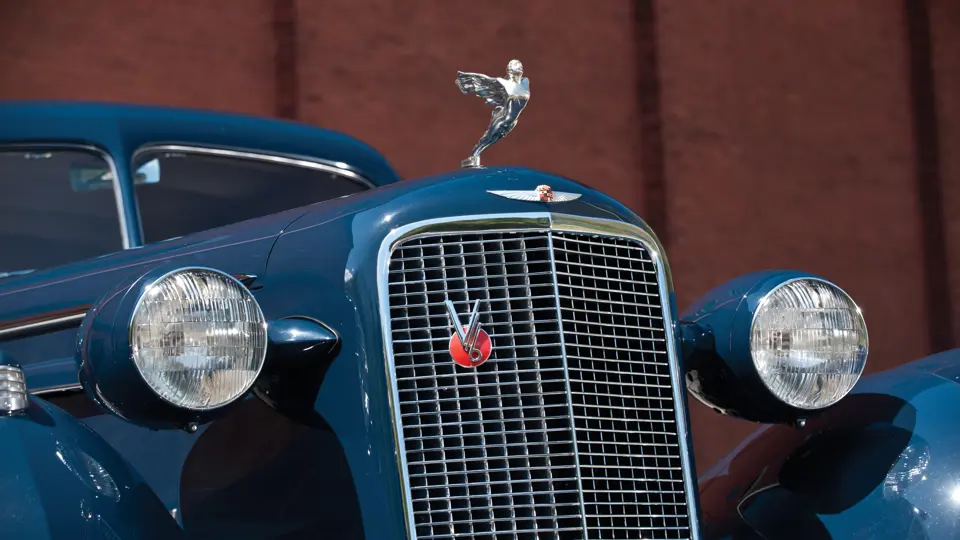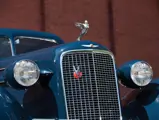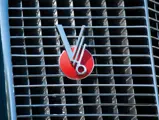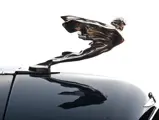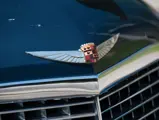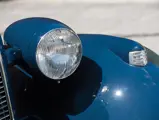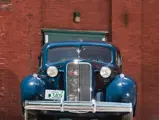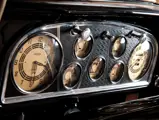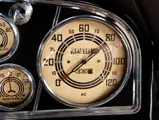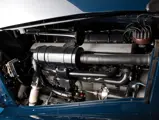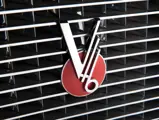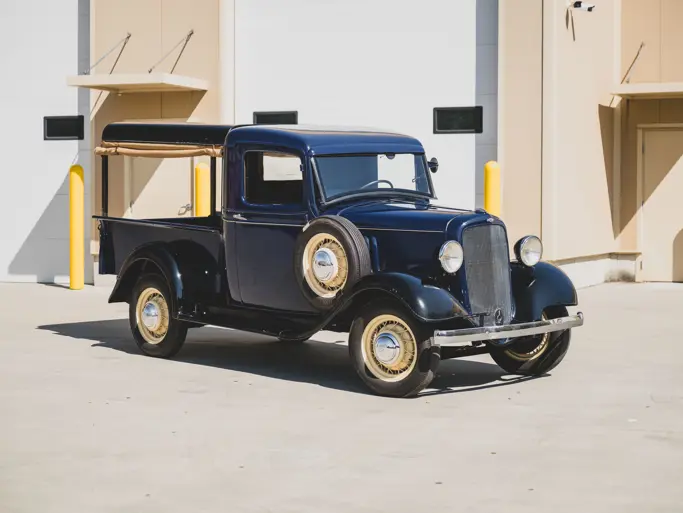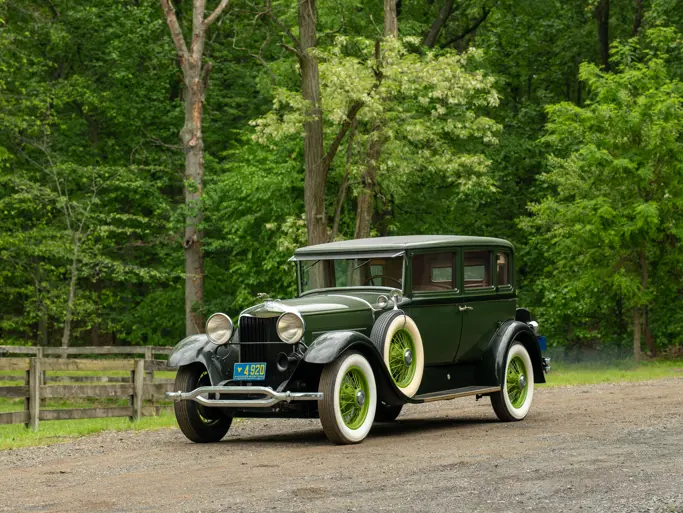Style 36-5733S. 185 bhp, 452 cu. in. overhead valve V-16 engine, three-speed selective synchromesh manual transmission, independent front suspension with coil springs, three-quarter floating rear axle with semi-elliptic leaf springs, and four-wheel mechanical drum brakes. Wheelbase: 154"
• One of the 50 V-16 Cadillacs built in 1936
• The only known survivor of this body style
• Meadow Brook and Pebble Beach class winner
• Offered from the collection of William Ruger Jr.
Demand for the new series of V-16s fell far short of the stated maximum of 400 examples annually: a mere 212 examples of all body styles were built from 1934 to 1937. This gorgeous Town Sedan was purchased by Mr. Ruger in 1996 from the Estate of a collector in California and was delivered directly to Fran Roxas for a comprehensive body-off restoration. According to Mr. Ruger, 5110221 was a good, complete, original car in need of the restorer’s attention.
The work took approximately two years, and when the car was delivered in 1998, it received a First in Class at Meadow Brook and a First in Class at Pebble Beach that same year. It also performed wonderfully in the first annual Tour d’Elegance. The virtually flawless interior was refurbished using Bedford cord with leather bolsters on the seats and broadcloth on the doors and headliners. Leather is also used to accent the armrests, visors windlacing, and other places that typically receive the most wear. The entire choreography of material was arranged exactly as specified by the designers at Fleetwood. Other accents include the contrasting black painted dash with its Art Deco gauge faces and zig-zag pattern created by chrome strips, which is found on both the instrument cluster and mirrored on the glove box door. The elegant four-spoke banjo-style steering wheel completes the presentation, along with the immaculately finished wooden garnish moldings.
The light interior is beautifully complemented by the deep Tunis Blue exterior paint, which was the original color and was applied over excellently prepped body panels, and is completed by deep mirror chrome. The coachwork rides on body color wire wheels with the desirable, elegant chrome “clock winder” hubcaps and spoke covers shod with whitewall tires. Of note are the dual exhaust tips, which are angled toward each other; Mr. Ruger notes that this was based off of the original exhaust system and verified by original Cadillac drawings. Attention to this particular detail is not only historically accurate but helps better sweep exhaust behind the car. The nicely-sculpted integral trunk contains the spare tire as well as jacking tools. The immaculate engine bay only shows light sign of use, which can be detailed in short order back to show readiness, and overall, the serious observer should note that this is the only surviving example of Style 36-5733S in existence.
This Cadillac has to be seen in person to be truly appreciated for its balance and style. The graceful front-end details include the high, narrow radiator, bulbous fenders, and sweeping hood louvers, which are mimicked by a similar styling treatment on the front fenders. The front is mated to the rear of the body by a chrome belt that runs from behind the radiator all the way to the rear. The complete ensemble betrays the sheer bulk of this car, confidently stating that its sixteen cylinders will convey its passengers to destinations far and wide, with the Goddess mascot leading the way.




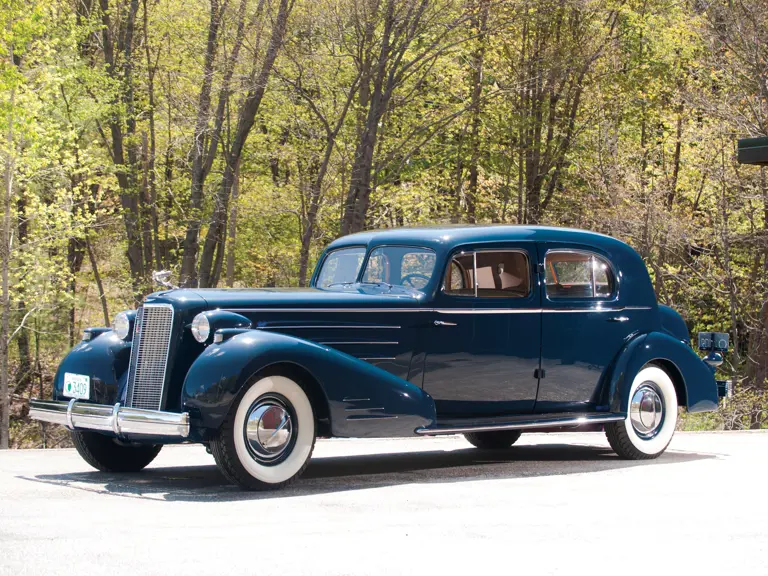
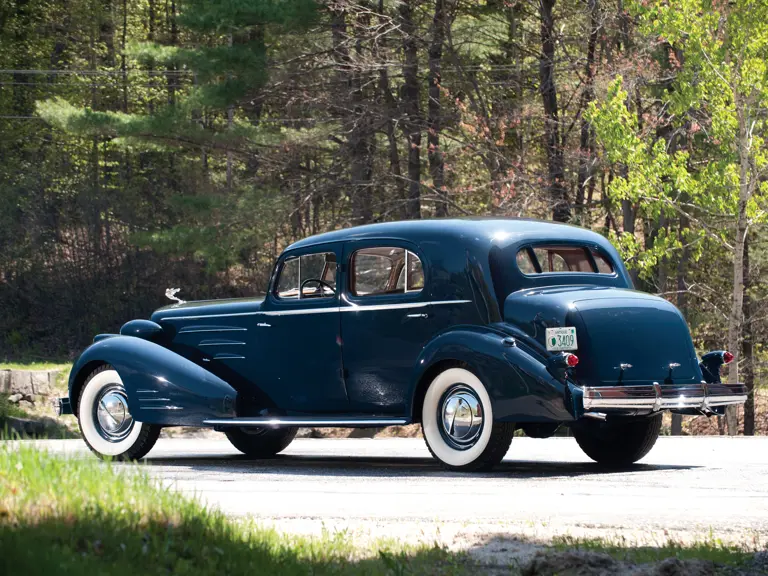
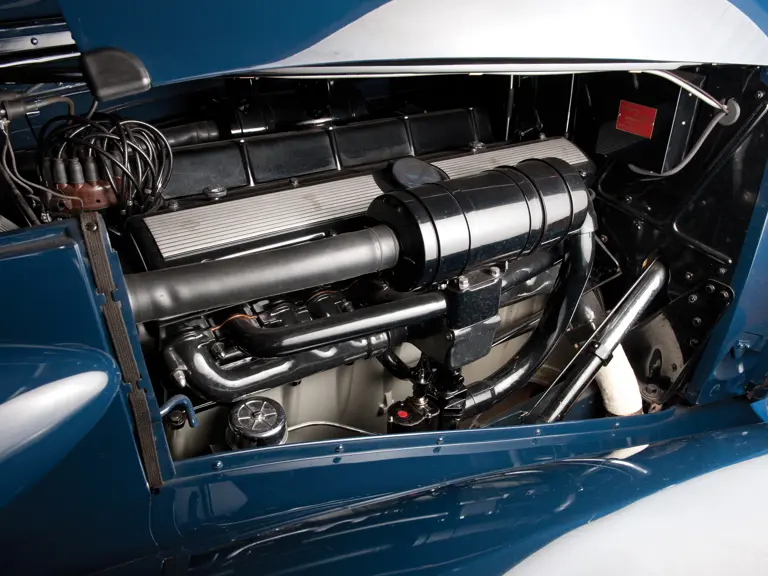


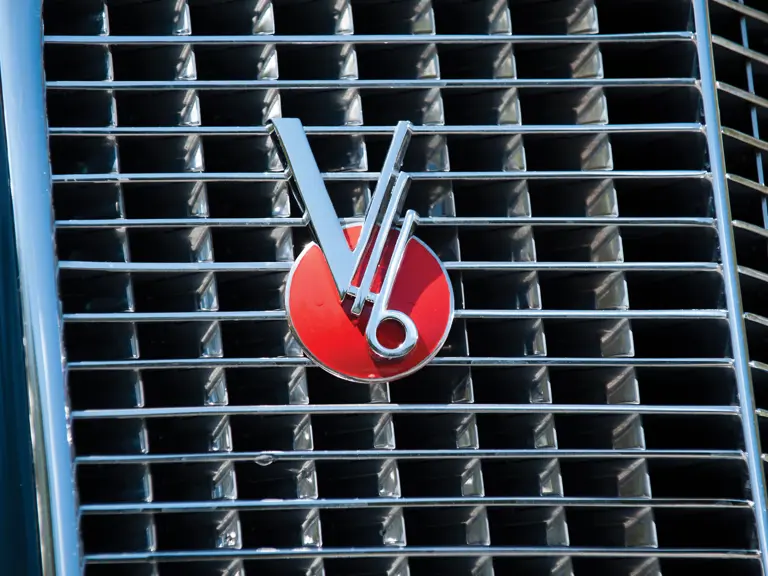
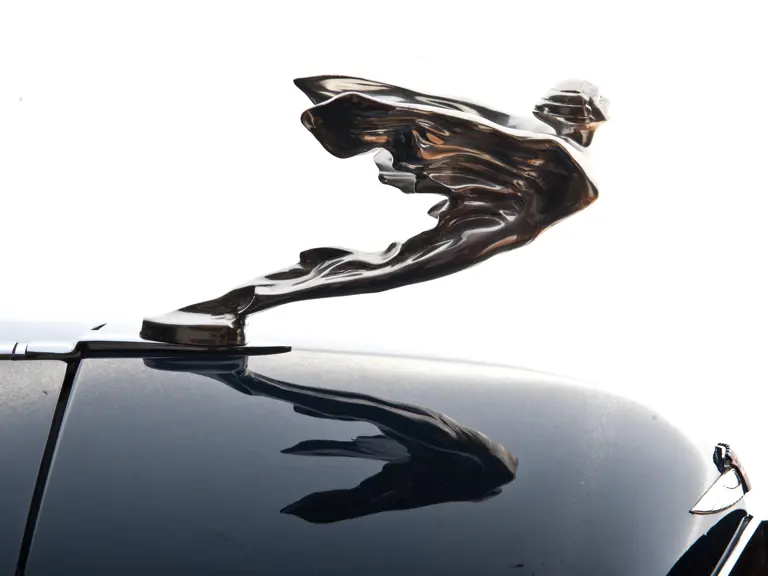
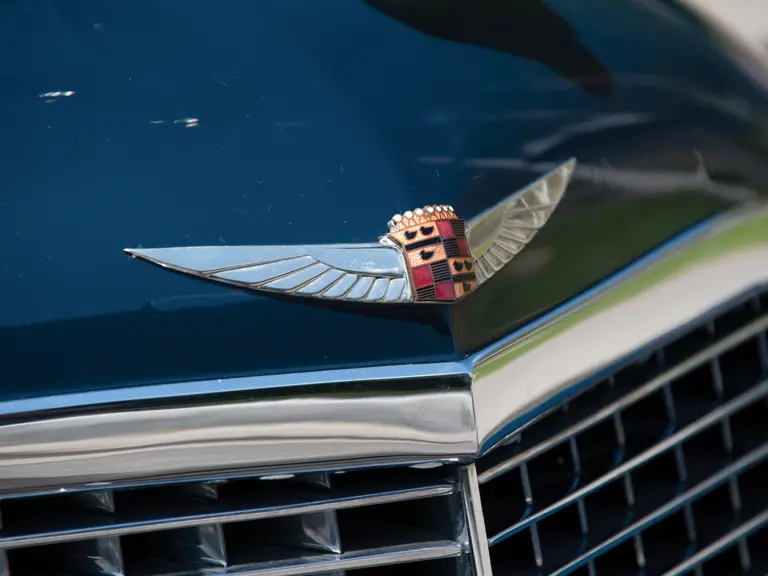


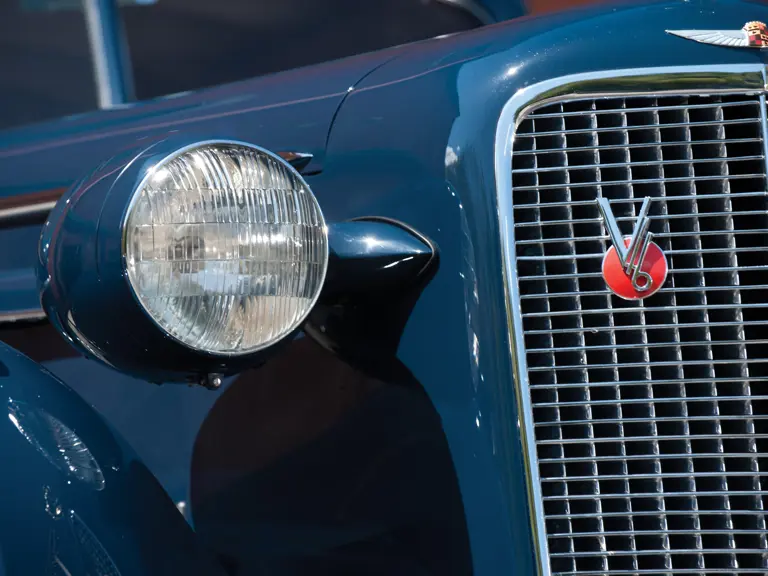
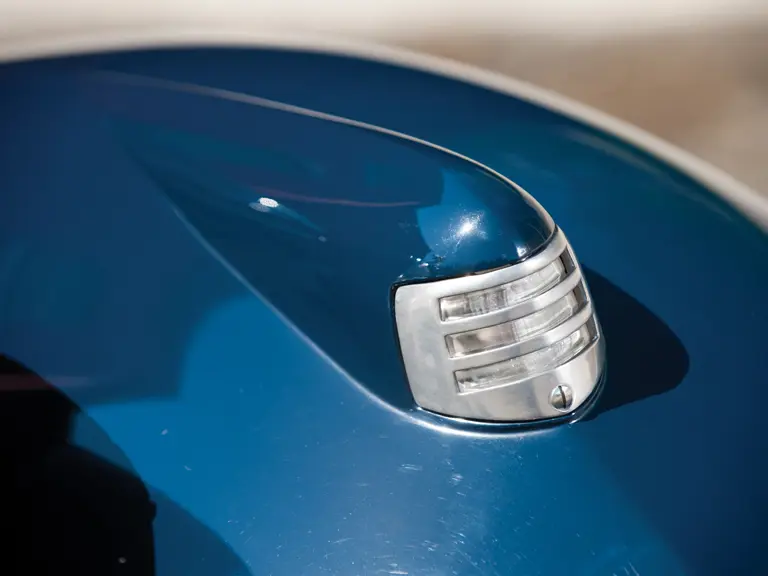

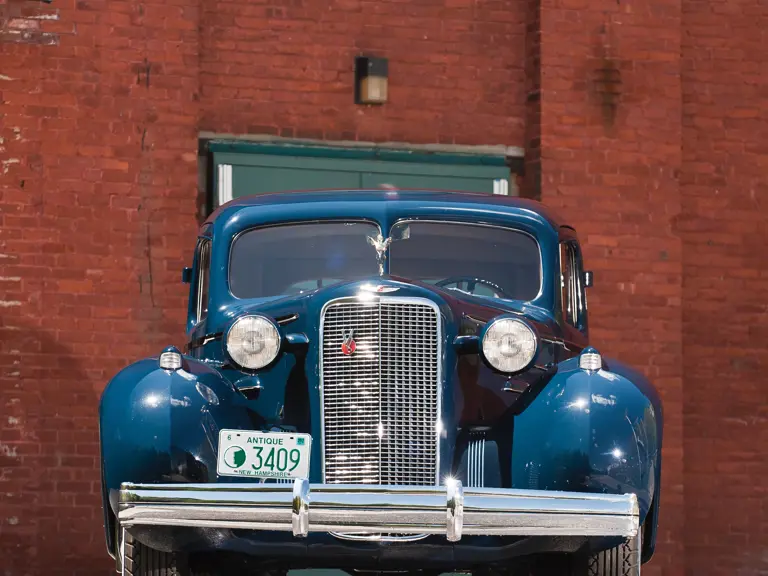
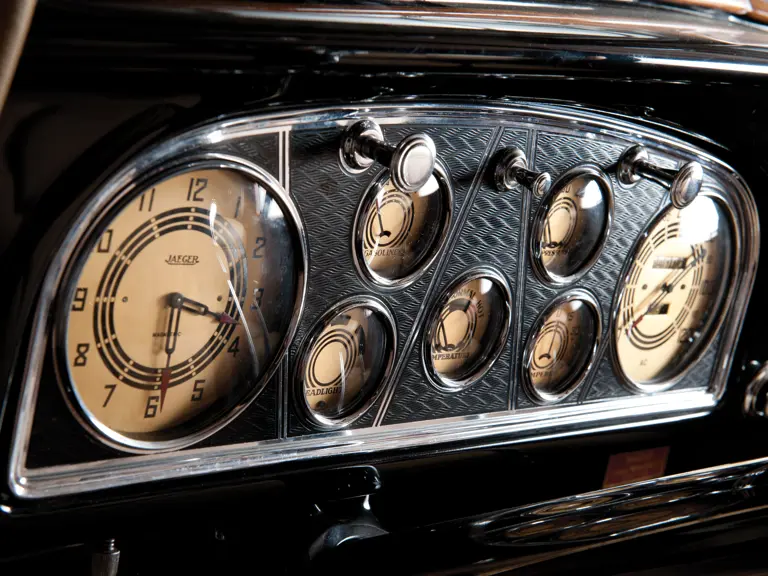
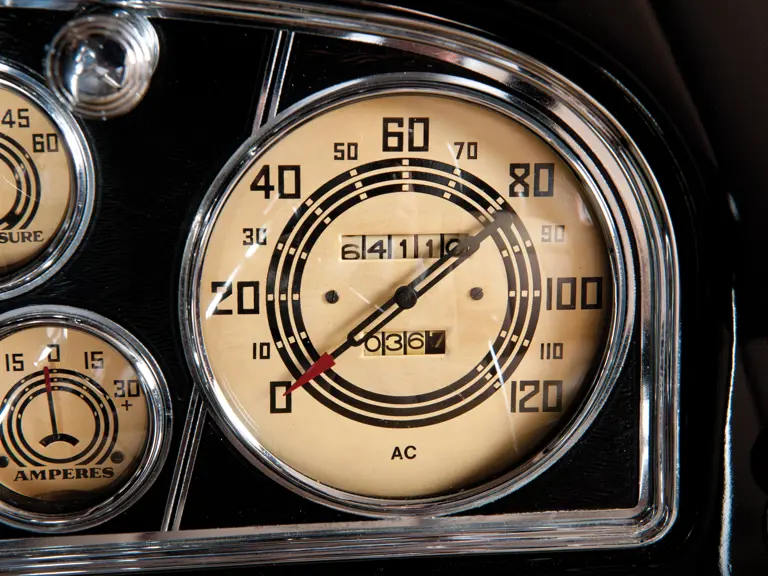
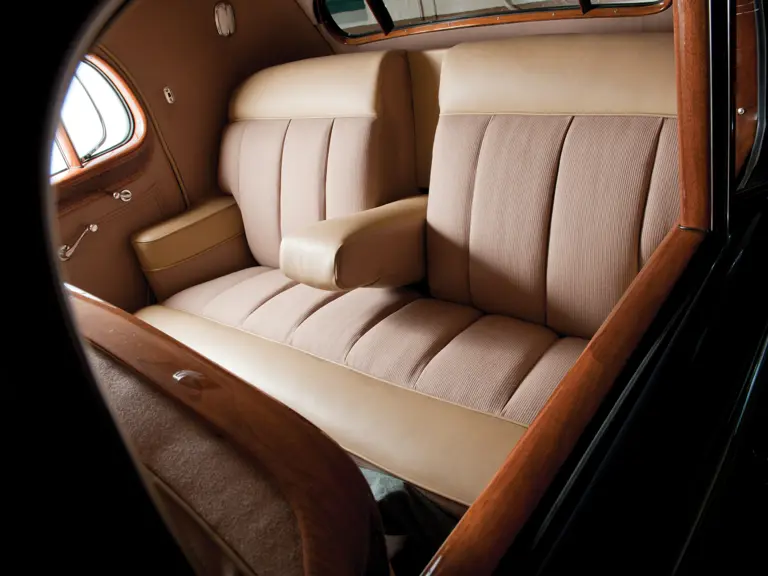
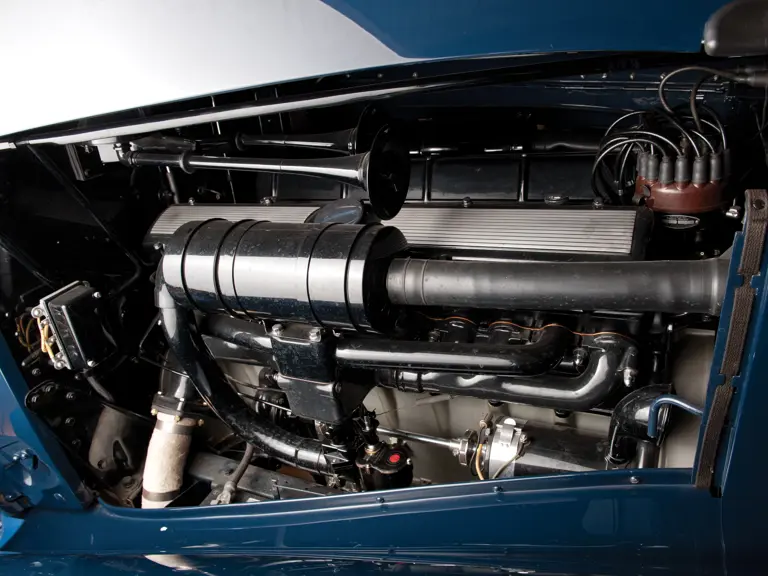
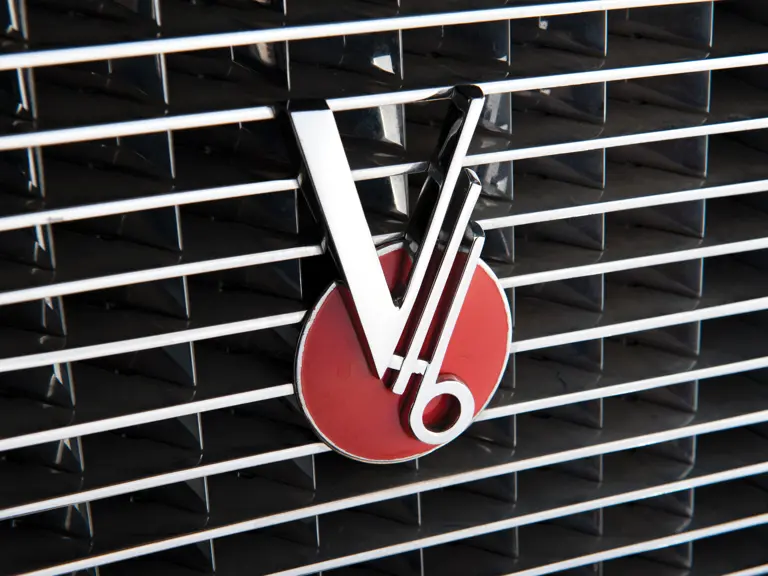
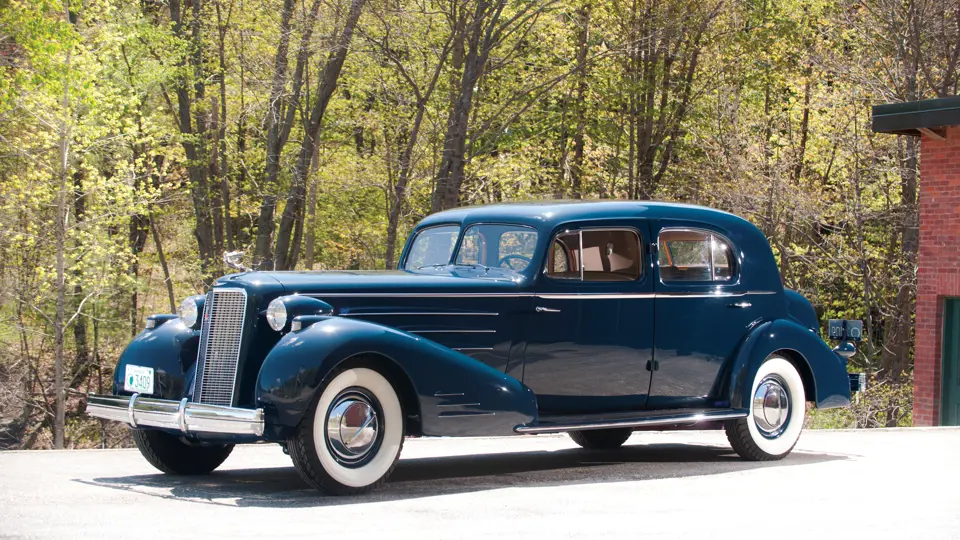
 | Plymouth, Michigan
| Plymouth, Michigan
